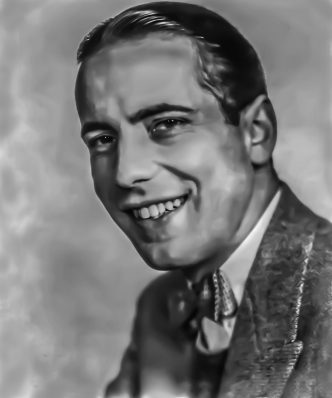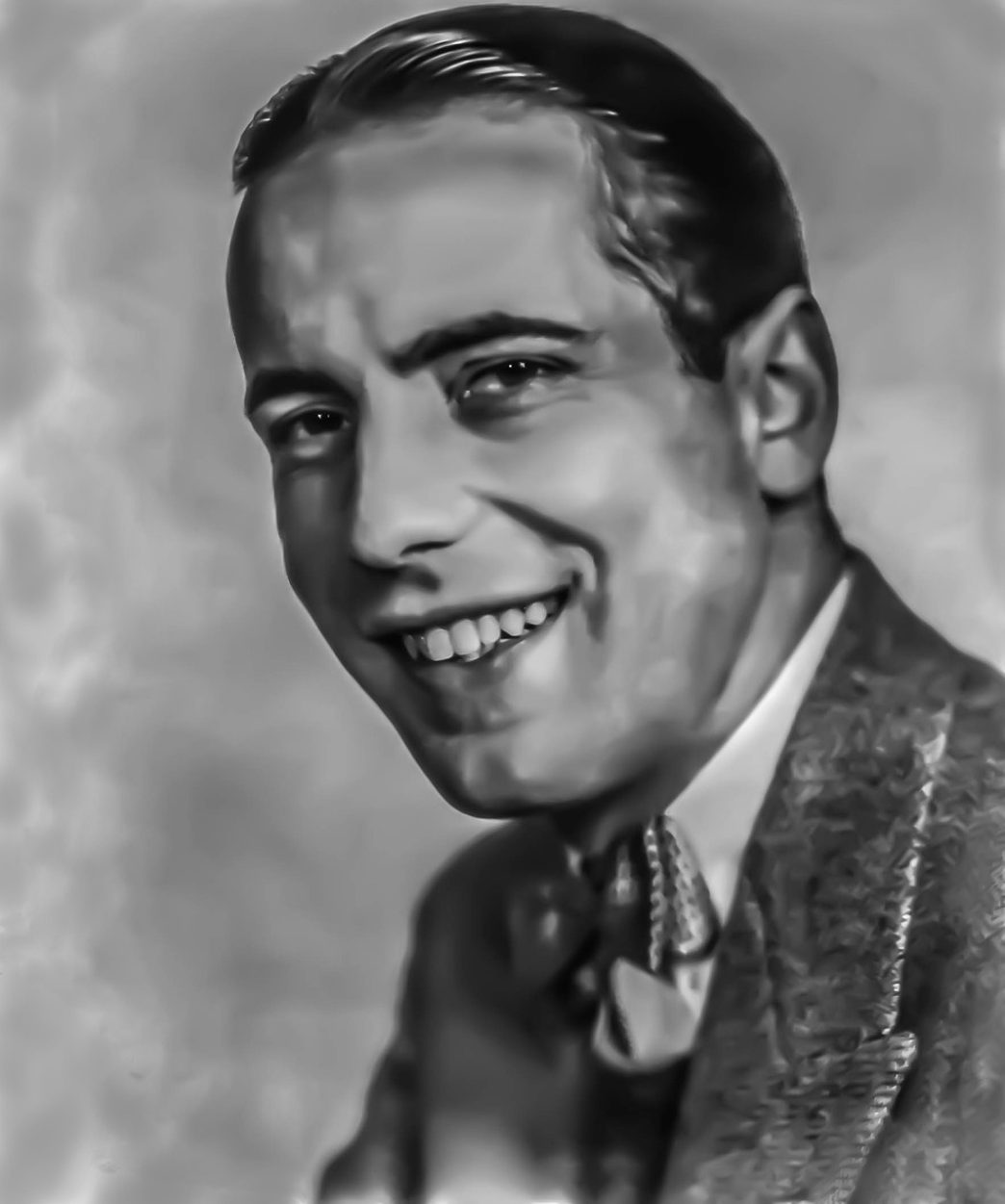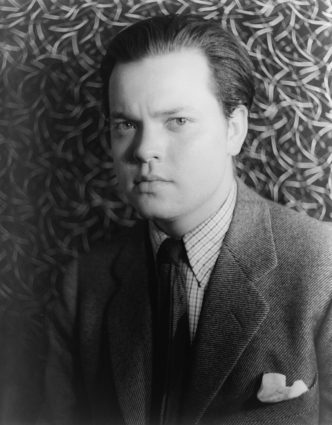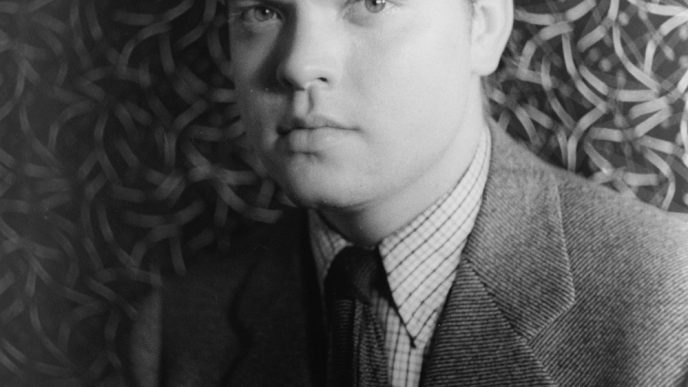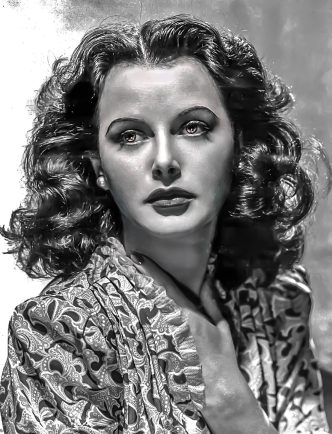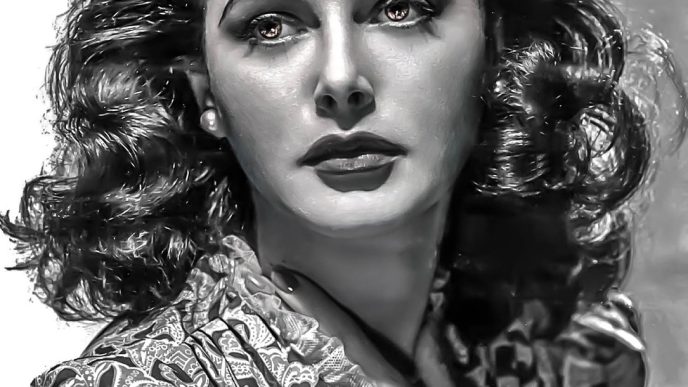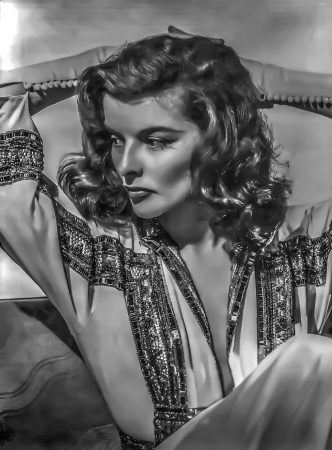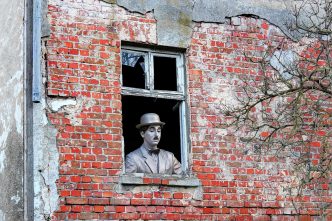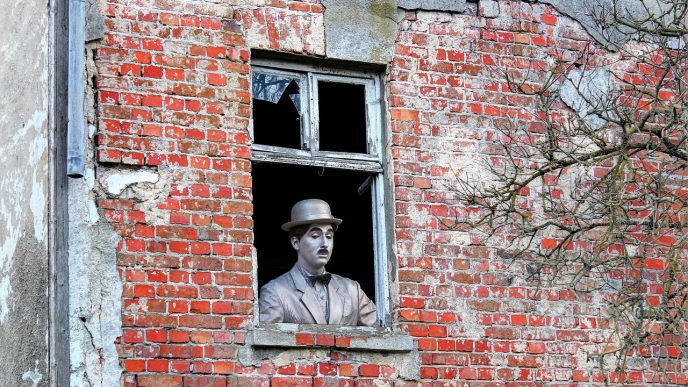In the golden age of Hollywood, a time of pristine heroes and clear-cut morality, one actor carved a niche from cynicism, world-weariness, and a reluctant code of honor. Humphrey Bogart was not the chiseled matinee idol; he was the man in the shadows, the smoke curling from his lips a punctuation mark on a line delivered with a signature lisp. He was the quintessential anti-hero, a character archetype he didn’t just play, but fundamentally defined for generations of filmmakers and audiences.

To understand Bogart is to understand the evolution of American cinema from simplistic escapism to a more complex, morally ambiguous art form. His legacy is not merely in his iconic roles, but in the paradigm shift he represented: the idea that a hero could be flawed, broken, and ultimately, more human.
Early Life and Stage Career: The Forging of a Cynic
Born on Christmas Day in 1899 to a wealthy and prominent New York family, Humphrey DeForest Bogart’s early life was one of privilege, not grit. His father, Belmont DeForest Bogart, was a successful surgeon, and his mother, Maud Humphrey, a renowned commercial illustrator. This comfortable upbringing stood in stark contrast to the tough-guy persona he would later embody. Yet, it was this very environment—emotionally distant and rigidly formal—that may have planted the seeds of the cynical outsider.
Expelled from the prestigious Phillips Academy for insubordination, Bogart enlisted in the U.S. Navy during World War I. It was here that he sustained the injury that would result in his trademark scar and slight lisp—a physical imperfection that casting directors would later see as a mark of authenticity. After the war, he drifted into acting, finding steady but unremarkable work on the Broadway stage throughout the 1920s. He was often typecast as a juvenile lead in light drawing-room comedies, a role that fit neither his temperament nor his emerging worldview. It was the stock market crash of 1929 and the ensuing Great Depression that hardened his professional and personal life, pushing him toward roles that reflected a more cynical, survivalist ethos.
The Warner Bros. Years: Forging an Archetype
Bogart’s breakthrough came in 1936 when he reprised his stage role as the menacing gangster Duke Mantee in the film adaptation of The Petrified Forest. His performance was electric, a study in coiled, dangerous stillness. This role landed him a long-term contract with Warner Bros., the studio known for its gritty, socially-conscious crime dramas. For nearly a decade, Bogart was a workhorse, often playing second fiddle to stars like James Cagney and Edward G. Robinson in a string of gangster films.
However, it was in two films from 1941 that the true Bogart persona began to crystallize. In High Sierra, he played “Mad Dog” Roy Earle, a bank robber with a surprising capacity for tenderness and a personal code of honor. The film allowed him to portray a criminal with depth and pathos, a man trapped by his past but yearning for something more. Later that year, he starred as the private detective Sam Spade in John Huston’s directorial debut, The Maltese Falcon.
Spade was a new kind of protagonist. He was not a noble knight; he was a cynical, morally ambiguous operator navigating a world of greed and deceit. He was witty, tough, and ultimately inscrutable. When he sends the duplicitous Brigid O’Shaughnessy to prison, his reasoning is not about abstract justice but about professional integrity and self-preservation: “I won’t play the sap for you.” This was the birth of the Bogart anti-hero: a man who operates by his own private, often harsh, code in a world devoid of a moral compass.
“Casablanca” and Cinematic Immortality
If The Maltese Falcon created the blueprint, Casablanca (1942) perfected it and gave it a soul. As Rick Blaine, the expatriate saloon owner, Bogart delivered one of the most iconic performances in cinema history. Rick is the ultimate Bogart character: a man who professes to “stick his neck out for nobody,” yet is defined by the very sacrifices he makes.
His cynicism is a shield, forged from past heartbreak and political disillusionment. The film’s narrative genius lies in slowly chipping away at that shield. Through his interactions with Ilsa Lund (Ingrid Bergman), the film reveals the idealist buried beneath the world-weary exterior. The power of the film, and of Bogart’s performance, is that Rick’s heroism is reluctant. He doesn’t want to be the hero. He is forced into it by his own buried conscience. His final act of renunciation—letting Ilsa go with her husband, Victor Laszlo—is not just a romantic gesture; it is a profound political and moral choice. He finally joins the fight against fascism, but on his own terms. The famous final line, “Louis, I think this is the beginning of a beautiful friendship,” signifies his reentry into a world of commitment and ideals, but with his cynical edge intact.
Legacy and Influence: The Enduring Shadow
Bogart’s influence extends far beyond his own filmography. The anti-hero he perfected became a staple of the film noir genre and has been a cornerstone of American cinema ever since. From Clint Eastwood’s “Man with No Name” to Harrison Ford’s Han Solo and Bruce Willis’s John McClane, the DNA of the Bogart anti-hero is everywhere. These are characters who are often out for themselves, who greet the world with a sarcastic quip, but who, when the chips are down, find themselves doing the right thing, almost in spite of themselves.
Film historian David Thomson, in his New Biographical Dictionary of Film, notes that Bogart represented “a new, bruised masculinity” that was essential for a post-war America grappling with moral complexities. He was a hero for an age of anxiety, a figure who acknowledged the darkness in the world and in himself, but still managed to find a path toward a kind of grudging integrity.
He won his only Academy Award for The African Queen (1951), playing another variation of his classic persona: the slovenly, gin-soaked riverboat captain Charlie Allnutt who is coaxed into heroism. His later roles in films like The Caine Mutiny (1954) and The Harder They Fall (1956) continued to explore themes of moral compromise and the pressure of command. He passed away in 1957, but his shadow looms large over Hollywood.
Conclusion: The Man in the Trench Coat
Humphrey Bogart was more than just a movie star; he was a cultural icon who redefined what it meant to be a hero on screen. He gave voice to the cynical, weary, but ultimately resilient part of the human spirit. In a world of black-and-white morality, he lived in the gray, creating characters who were not defined by their perfection, but by their struggle to do right in a world gone wrong. He proved that a hero didn’t need a shining suit of armor—sometimes, all he needed was a trench coat, a fedora, and a steadfast, if reluctant, moral code. His enduring appeal lies in this fundamental truth: he was the flawed hero we could all see in ourselves.

Dario Loce is the founder and editor of Celebrimous. He is a lifelong film enthusiast and the author of several locally-published books on cinema history and analysis. His passion is deconstructing the “how” and “why” of filmmaking, from the director’s vision to the editor’s cut. When not lost in a classic film, he’s usually walking through the city, replaying scenes in his mind like unfinished stories.
